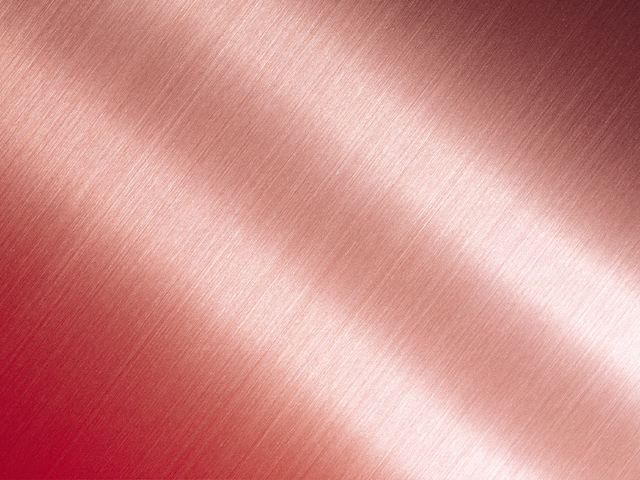Metal tubes play an important role in the stability of many mechanical systems. They provide efficient structural support and also have aesthetic function when arranged systematically or if they are made from quality metals, such as bronze or brass. They usually come in different materials, lengths, and cross-sectional shapes in order to meet various needs and applications.
They Are Not Pipes
While tubes and pipes have the same structure, they are not the same material. You can distinguish one from the other by the way their cross-sections are measured or determined. A tube’s cross-section is measured by its outside diameter, while a pipe is measured by its inside diameter.
The reason for this is that pipes are used for conveying fluids, which puts stress on its interior surface. Tubes, on the other hand, usually function as a structural element so the stress is expected to be concentrated within their outer layer. And there’s the issue of aesthetics, which isn’t much of a concern with pipes, considering that they will end up being buried underground or concealed within the walls and ceiling.
You may ask, if tubes only have structural functions, why do they have to be made to look like pipes in the first place? Well, that’s where consideration of efficiency comes in. It would be costly to use solid rods of similar diameters on structures. If you reduce they diameter to lessen the cost, the resulting metal would be too small to resist other forces. Plus, because tubes are hollow, they are lighter and easier to work with than solid bars.
Manufacturing Tubes
There are several metalworking techniques that are used for manufacturing tubes. The most efficient of these is extrusion, a process that involves pressing a material into a die to achieve a desired cross section. There are two ways to do it:
Cold-Drawing. Metal is drawn over a mandrel at room temperature. Because no chemical change is involved in the process, the “cold finished” is expected to have increased mechanical properties and uniform dimensional tolerances. Complex profiles, however, may require multi-pass drawing to produce the desired tolerances.
Annealing. To make it easier to extrude certain metals, they are subjected to heat treatment. This may alter the physical and sometimes the chemical properties of the metal but the result is almost the same as that of cold-drawing except the metal’s electrical conductivity is increased.
If you are looking for high-quality tubes for your project, you have to a supplier that has been in the business for many decades. Suppliers like Rotax Metals, which has been catering to various industries since 1947 surely have a huge inventory that you can choose from. Whether you need round or square metal tubing, they’ve got you covered.
About Rotax Metals: Rotax Metals is a premier provider of metal supplies based in Brooklyn. We specialize in all kinds of copper, brass, and bronze supplies. We cater to various industries and professionals, including architectural designers, furniture manufacturers, artisans, and metal fabricators. We also perform metal shearing, water jet cutting, and metal fabrication.
Sources:
What Is Annealing in Metallurgy?, thebalance.com
How Is Steel Tubing Made?, sciencing.com



